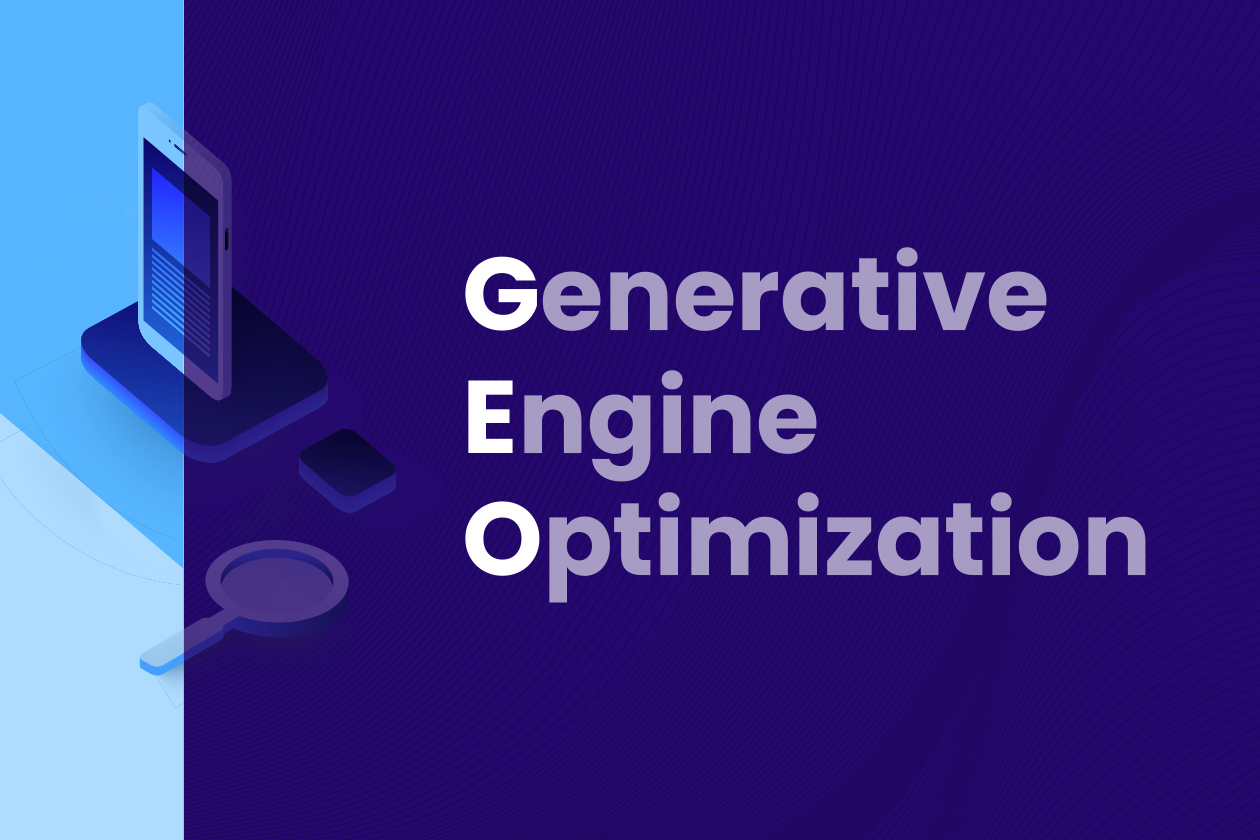The Future of Search: Generative Engine Optimization
The new era of search is here. Artificial intelligence is unlocking new ways for people to find information and solve problems, with greater speed and confidence than ever before. AI-powered engines and platforms are fundamentally changing the nature of online search as we know it.
It’s an exciting time. These emerging AI tools can do some really cool things. But for business leaders, it can also feel like a scary time, with your brand’s visibility and engagement at risk.
Understanding generative engine optimization and the unique (but not radically different) principles it entails will be very helpful in charting your marketing strategy’s future.
The good news is that if you’ve been developing a forward-thinking SEO strategy, you’re already on the right track, and if not, you aren’t yet too far behind.
What is Generative Engine Optimization (GEO)?
Generative engine optimization (GEO) refers to the practice of optimizing content specifically for AI-driven search engines and features, such as ChatGPT, Google AI Overviews, Perplexity AI, Copilot, Gemini, Llama, and more. This involves tailoring your content to show up in AI-generated summaries and results, by incorporating the qualities these search tools prioritize.
Generative Engine Optimization vs. Search Engine Optimization
They have many overlapping elements, but GEO and SEO are distinct. While SEO largely focuses on traditional web optimization techniques like link-building, keyword placement, and site structure, GEO is more narrowly concerned with the substance, makeup, and credibility of the content itself.
In essence, GEO is about making your brand’s content stand out to intelligent technologies from a saturated information environment. Luckily, this is what modernized SEO strategies are already striving to do.
Benefits of Generative Engine Optimization
The rise of generative search and GEO best practices can have very positive implications for brands. Here are a few worth mentioning:
- Customers have new ways to find your brand. As more and more people start using these AI-powered tools and platforms, you have more pathways to impressions and engagement beyond traditional search engines.
- Showing up in AI search makes a strong impression.
- Competitors are still catching up.
- GEO rewards audience-centered SEO strategies.
How to Optimize Content for Generative Engines
“Companies will need to focus on producing unique content that is useful to customers and prospective customers. Content should continue to demonstrate search quality-rater elements such as expertise, experience, authoritativeness, and trustworthiness.” – Alan Antin, Vice President Analyst at Gartner
Optimizing content for AI means optimizing for humans first and foremost. At a high level, these are some of the qualities to prioritize in your brand’s content if you want to gain visibility with generative search engines:
- Comprehensiveness
- Credibility and Relevance
- User Intent Alignment
- Structure and Accessibility
Include verifiable statistics, quotes and citations.
A research paper found that relevant statistics, quotations and citations can boost content visibility in generative engines by up to 40 percent.
Focus on E-E-A-T principles in your content.
Adhering to the principles of E-E-A-T (expertise, experience, authority, trust) is very important.
Fortify your brand’s online presence.
Optimize content for AI and generative engines is about more than the piece of content itself. It’s about the context surrounding it: the author, the domain, the brand itself.
Stay adaptive with your strategy.
Generative engines and AI-driven search are still in their early days. This is an area that promises to evolve constantly in the months and years ahead.
At TopRank Marketing, keeping a close eye on the evolution of SEO and AI search trends is what we do. Check out our SEO services to see how we can help you future-proof your strategy.
About the author
Nick Nelson is our friendly neighborhood writer-man. As the Associate Content Director at TopRank Marketing, he is on a mission to energize brand narratives with smart, fun, sharp wordplay. In his free time, Nick enjoys basking in the misery of Minnesota sports fandom, making cringeworthy puns, and smothering all types of food in buffalo sauce.

